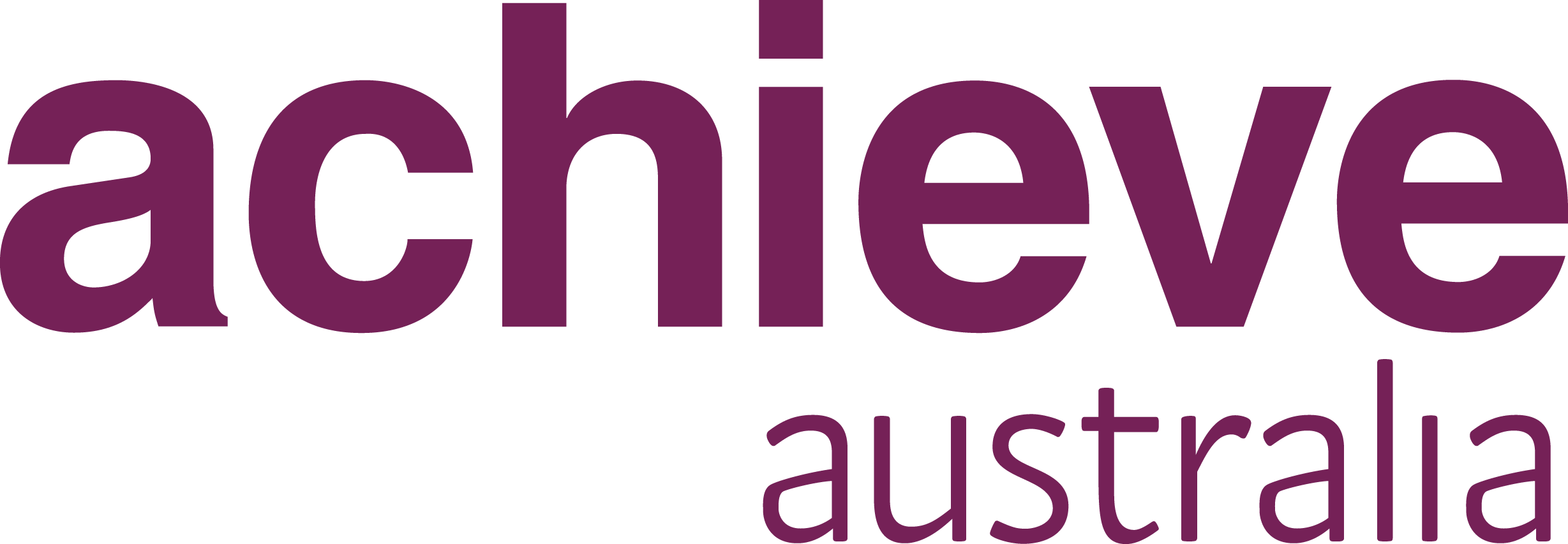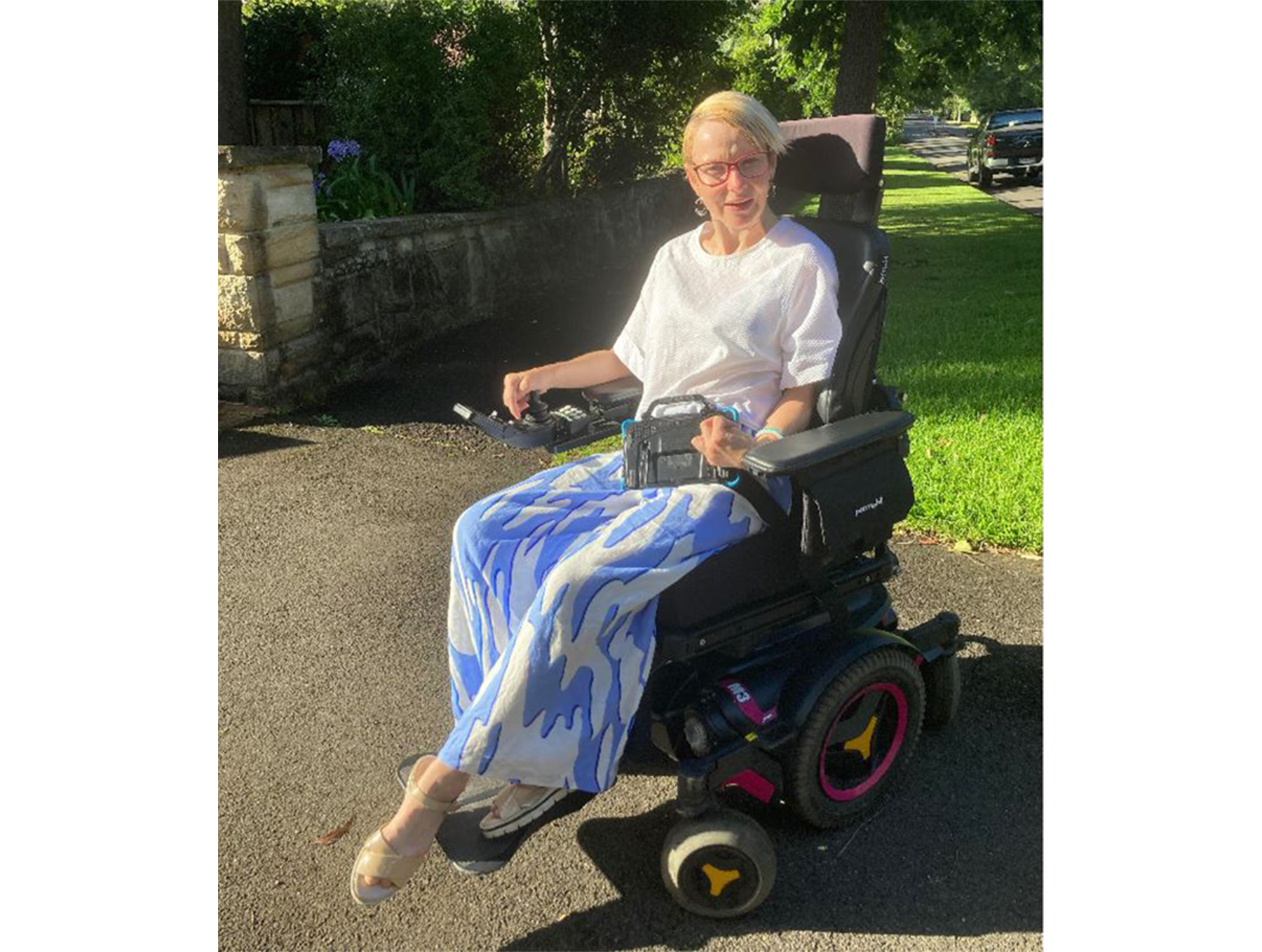By Fiona Bridger, Achieve Australia Researcher and Writer
27 July 2023
Recently Sydney joined cities such as Amsterdam, London and Singapore on Valuable 500's list of the Top 10 Most Accessible Cities in the World.
The ranking is based on a survey of 3,500 people with disability (PWD) in 5 countries – Japan, Australia, US, UK and China.
Sydney was commended for:
-
wheelchair accessibility - many landmarks, restaurants and entertainment venues cater to us wheelchair users
-
accessibility for people who are blind and vision-impaired - visitors can navigate the CBD via more than 2,100 tactile and Braille street igns created as part of the Legible Sydney Wayfinding System
-
the city’s accessible public transport links are getting better
-
accessible accommodation close to cultural attractions, shops and restaurants, which is on the rise.
Although this new ranking is fantastic news for disabled tourism, as a person with disability who visits the city often, I can tell you Sydney’s accessibility is far from perfect.
I’m thankful that new and renovated buildings must legally provide wheelchair access, but many older and often beautiful heritage buildings still remain inaccessible.
Many venues have a single step at the entrance, or don't have an accessible bathroom.
In many parts of the CBD, the footpaths do not have a “dropped kerb” (like a driveway for users of wheelchairs, prams and trollies) – the features that make it easier for wheelchair users to get on and off a footpath to cross a road.
Often, one needs to travel quite far from a crossing to find a dropped kerb - not exactly wheelchair friendly – forcing people to deal with the danger of navigating in and around cars, taxis and delivery trucks. So, in short, there’s plenty of room for improvement.
Festivals and events
Accessibility is still a challenge when it comes to festivals and major events. While there are disabled services provided throughout Vivid Sydney Festival and Australia Day festivities, they are hard to find and access.
Without prior knowledge of where ramps are, travelling to Vivid and the Sydney Festival either with a disability or with a child with a disability simply isn't possible or, at the very least, not enjoyable.
Unfortunately, it's not until you're in a situation and living with a disability that you can fully comprehend how difficult it is for a PWD to take part in or attend events and festivals in the Sydney CBD.
Great to see the Fringe Festival Sydney (1-30 September 2023) has appointed a dedicated Access Coordinator this year. Even better, the person in the role has lived experience of disability.
More accessible loos please
Back to the not so good news. Another issue is that even though there are disabled toilets spread out sporadically, they are usually extremely dirty.
Did you know that not all bathrooms are equal? There are actually 2 different types – “accessible” and “ambulant”.
The traditional accessible bathroom conjures up an image of roomy, cold and usually “well loved”. Ambulant toilets are a different thing. You may have seen the symbol – the standard male or female loo figure only sporting crutches.
The definition of ambulant is “able to walk about”. Ambulant toilets are smaller than accessible loos as they are designed for those with ambulant disabilities, for example someone using crutches, or with arthritis who requires rails to get on and off the toilet.
Ambulant toilets should free up the accessible bathrooms for those who need the extra room such as wheelchair users. Alas, that is not the case. Accessible bathrooms are unfortunately often difficult to find. And even when found, they are often not free for all the wrong reasons.
I wish people knew that accessible bathrooms are not places to have sex, put on makeup or use as a nice, large changing room. They are there to enable people with disabilities to use the bathroom in public. Got it?
When caught, people often use the excuse, that it was “available”. I remind them they are vacant so that when someone with a disability needs to go, they can go to the loo not in their chair. I’m not just talking about people with invisible disabilities using these toilets, I’m talking about the abled bodied people who put on a fake limp or a group of teens who immerge without apology.
The Australian Government has created an online National public toilet map. This magical map tells us exactly where the public toilets are and yahoo, some of these are even accessible.
Public transport
It’s really important for all people with disabilities to feel that we are part of today’s society and not forgotten. Accessible public transport is a big part of this.
Be sure and read my companion article on accessible public transport in Sydney.
On the plus side, there has been a lot of work carried out with apps and infrastructure but there is still a lot more to do.
My last word
Our biggest city has come a long way in welcoming PWDs. And I am glad to see the effort rewarded with a place in the list of top 10 but my advice is ‘don’t stop now Sydney’. There are still inaccessible or hard to access buildings, transport options and spots that deserve attention so that all people feel included and valued members of society.
Let's hope NSW Government and councils continue their efforts for greater inclusivity and clear all the remaining hurdles so PWD can roam through Sydney unfettered - wild and free.
Explore more topics
- Accessibility
- inclusion
- disability
- Achieve Australia
- belonging
- The Sewing Basket
- Employment
- disability employment
- Accessible
- Community
- NDIS
- 2022
- Advocacy
- Meet our Achievers
- My Life My Say
- blog
- people with disability
- travel
- women with disability
- Art
- Australia
- COVID-19
- Celebrating people we support
- Disability services
- Good nutrition
- Health tips
- Mental wellbeing
- NDS
- Sharing milestones
- Sydney
- achievable
- assistance dogs
- depression
- disability communications
- disability inclusion
- election
- employee of the year
- intellectual disability
- motherhood
- pregnancy
- social inclusion
- support workers

